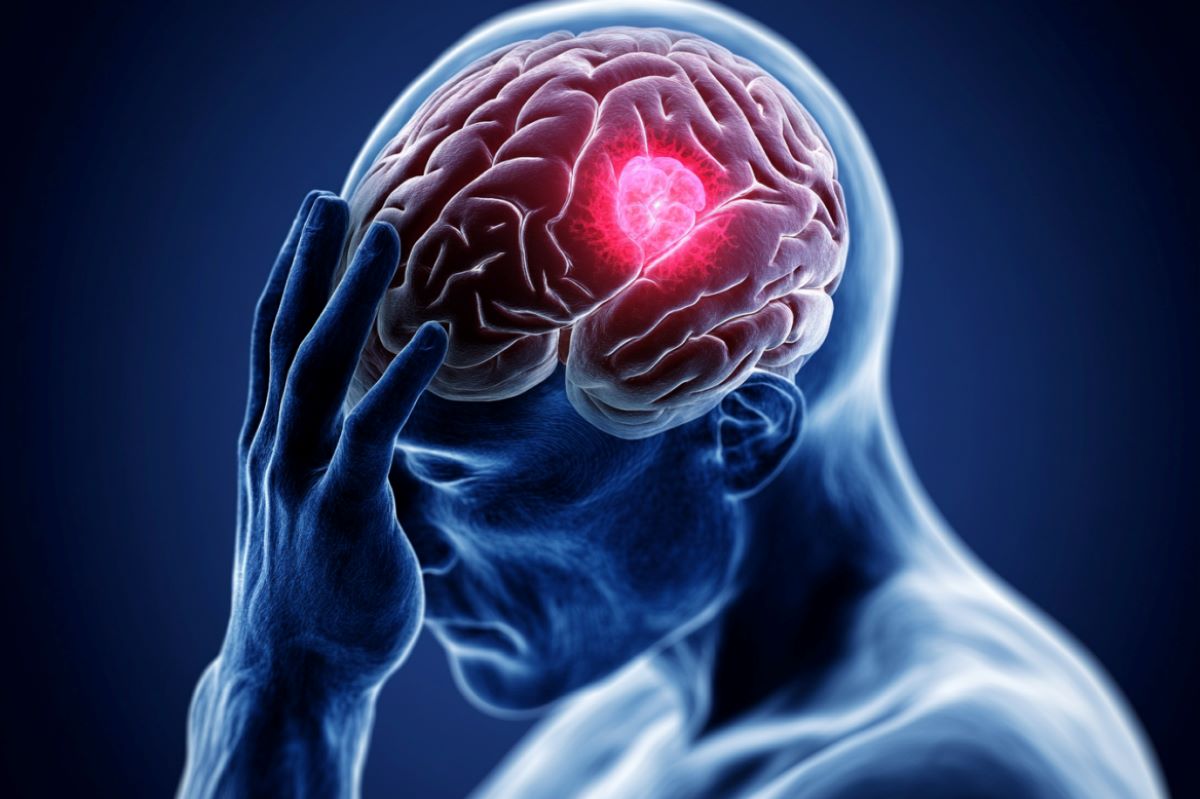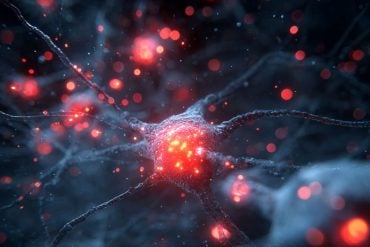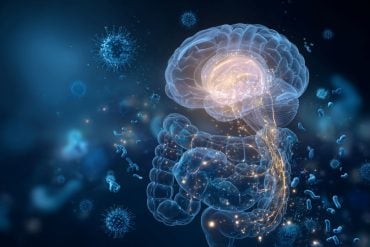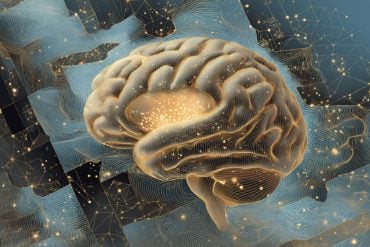Summary: Researchers have discovered that the antidepressant vortioxetine effectively combats glioblastoma, a deadly brain tumor, in lab tests and in mice. This drug, already FDA-approved, crosses the blood-brain barrier and could potentially improve treatment for glioblastoma patients when combined with standard therapy.
The study, using a screening platform, identified vortioxetine as a top candidate, with clinical trials now being planned. While promising, experts caution against self-medication as human trials are still necessary.
Key Facts:
- Vortioxetine crosses the blood-brain barrier and combats glioblastoma in lab tests.
- Researchers found antidepressants were surprisingly effective against tumor cells.
- Clinical trials are being prepared to test vortioxetine’s effect on glioblastoma patients.
Source: ETH Zurich
Glioblastoma is a particularly aggressive brain tumor that at present is incurable. Cancer doctors can extend patients’ life expectancy through operations, radiation, chemotherapy or surgical interventions. Nevertheless, half of patients die within twelve months of diagnosis.
Drugs that are effective against brain tumors are difficult to find, as many cancer drugs often can’t cross the blood-brain barrier to reach the brain. This limits the choice of possible treatments. Neuro-oncologists have thus been searching intensively for some time to find better drugs that can reach the brain and eliminate the tumor.

Researchers led by ETH Zurich Professor Berend Snijder have now found a substance that effectively combats glioblastomas, at least in the laboratory: an antidepressant called vortioxetine. Scientists know that this inexpensive drug, which has already been approved by agencies such as the FDA in the U.S. and Swissmedic, is capable of crossing the blood-brain barrier.
Snijder’s postdoc and lead author of the study, Sohyon Lee found it using pharmacoscopy, a special screening platform that the researchers have developed at ETH Zurich over the past years.
The study findings were published in the journal Nature Medicine.
In this study, the ETH Zurich researchers worked closely with colleagues from various hospitals, in particular with the group under neurologists Michael Weller and Tobias Weiss at the University Hospital Zurich (USZ).
Testing hundreds of substances simultaneously
With pharmacoscopy, ETH Zurich researchers can simultaneously test hundreds of active substances on living cells from human cancer tissue. Their study focused primarily on neuroactive substances that cross the blood-brain barrier, such as antidepressants, Parkinson’s medication and antipsychotics. In total, the research team tested up to 130 different agents on tumor tissue from 40 patients.
To determine which substances have an effect on the cancer cells, the researchers used imaging techniques and computer analysis. Previously, Snijder and his team had used the pharmacoscopy platform only to analyze blood cancer and derived treatment options from this. Glioblastomas are the first solid tumors that they have systematically investigated using this method with a view to use existing drugs for new purposes.
For the screening, Lee analyzed fresh cancer tissue from patients who had recently undergone surgery at the University Hospital Zurich. The ETH Zurich researchers then processed this tissue in the laboratory and screened it on the pharmacoscopy platform. Two days later, the researchers obtained results showing which agents worked on the cancer cells and which did not.
Antidepressants surprisingly effective
The results made it clear that some, but not all, of the antidepressants tested were unexpectedly effective against the tumor cells. These drugs worked particularly well when they quickly triggered a signaling cascade, which is important for neuronal progenitor cells, but also suppresses cell division. Vortioxetine proved to be the most effective antidepressant.
The ETH Zurich researchers also used a computer model to test over a million substances for their effectiveness against glioblastomas. They discovered that the joint signaling cascade of neurons and cancer cells plays a decisive role and explains why some neuroactive drugs work while others don’t.
In the last step, researchers at the University Hospital Zurich tested vortioxetine on mice with a glioblastoma. The drug also showed good efficacy in these trials, especially in combination with the current standard treatment.
The group of ETH Zurich and USZ researchers is now preparing two clinical trials. In one, glioblastoma patients will be treated with vortioxetine in addition to standard treatment (surgery, chemotherapy, radiation). In the other, patients will receive a personalized drug selection, which the researchers will determine for each individual using the pharmacoscopy platform.
Drug widely available and inexpensive
“The advantage of vortioxetine is that it is safe and very cost-effective,” says Michael Weller, Professor at the University Hospital Zurich, Director of the Department of Neurology and co-author of the study.
“As the drug has already been approved, it doesn’t have to undergo a complex approval procedure and could soon supplement the standard therapy for this deadly brain tumor.” He hopes that oncologists will be able to use it soon.
However, he cautions patients and their relatives against obtaining vortioxetine themselves and taking it without medical supervision. “We don’t yet know whether the drug works in humans and what dose is required to combat the tumor, which is why clinical trials are necessary. Self-medicating would be an incalculable risk.”
Snijder, too, warns against rushing to use the antidepressant on glioblastomas, saying, “So far, it’s only been proven effective in cell cultures and in mice.”
Nevertheless, he believes that this study has achieved an ideal result. “We started with this terrible tumor and found existing drugs that fight against it. We show how and why they work, and soon we’ll be able to test them on patients.”
Should vortioxetine prove effective, this will be the first time in recent decades that an active substance has been found to improve the treatment of glioblastoma.
About this brain cancer and neuropharmacology research news
Author: Berend Snijder
Source: ETH Zurich
Contact: Berend Snijder – ETH Zurich
Image: The image is credited to Neuroscience News
Original Research: Open access.
“High-throughput identification of repurposable neuroactive drugs with potent anti-glioblastoma activity” by Berend Snijder et al. Nature Medicine
Abstract
High-throughput identification of repurposable neuroactive drugs with potent anti-glioblastoma activity
Glioblastoma, the most aggressive primary brain cancer, has a dismal prognosis, yet systemic treatment is limited to DNA-alkylating chemotherapies. New therapeutic strategies may emerge from exploring neurodevelopmental and neurophysiological vulnerabilities of glioblastoma.
To this end, we systematically screened repurposable neuroactive drugs in glioblastoma patient surgery material using a clinically concordant and single-cell resolved platform.
Profiling more than 2,500 ex vivo drug responses across 27 patients and 132 drugs identified class-diverse neuroactive drugs with potent anti-glioblastoma efficacy that were validated across model systems.
Interpretable molecular machine learning of drug–target networks revealed neuroactive convergence on AP-1/BTG-driven glioblastoma suppression, enabling expanded in silico screening of more than 1 million compounds with high patient validation accuracy.
Deep multimodal profiling confirmed Ca2+-driven AP-1/BTG-pathway induction as a neuro-oncological glioblastoma vulnerability, epitomized by the anti-depressant vortioxetine synergizing with current standard-of-care chemotherapies in vivo.
These findings establish an actionable framework for glioblastoma treatment rooted in its neural etiology.






